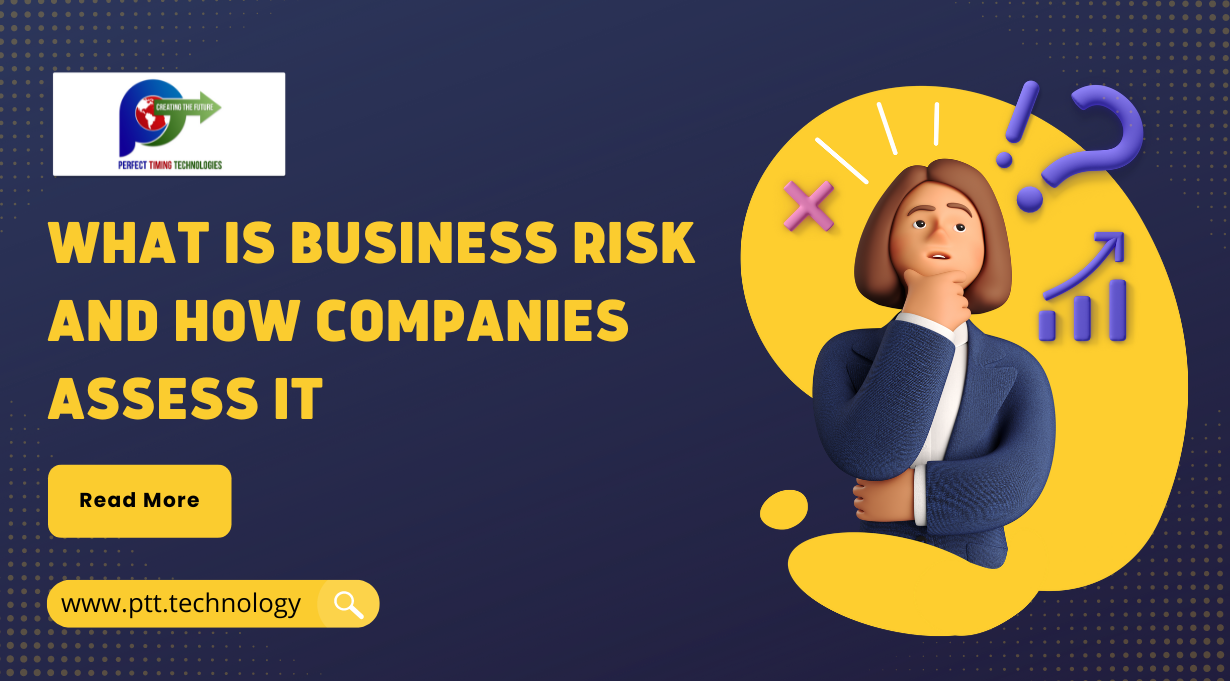
Business Risk is the risk a business or an organization is exposed to that might lead to its failure or financial loss. Many external and internal factors threaten a company’s ability to attain its financial objectives and are considered to be a business risk.
Before a business can assess business risk, it must first identify the probable risks to the bottom line.
Although there is no perfect method to identify the risks, companies take into consideration past experiences to analyze what could happen. Risk processes automatically evolve and mature over time, still, there are some fundamental principles.
Types of Business Risk
Business risks can be categorized into two major types- External Risks and Internal Risks. Let’s understand the two in detail.
- External Risks: An external risk is a risk over which the organization has little or no control whenever it occurs.
In simple words, external risks originate from the outside environment such as government policies, economic trends, changing consumer demands, and market competition.
The assessment of external risks is always data-heavy. Most external risks are systematic to the economic system that cannot be controlled by an organization. That’s why the forecasts cannot be determined based on different corporate governance decisions. The external risk assessment is done by first categorizing the potential risks into nominal or ordinal scales. Companies prefer assessing the nominal risk category as they are easy to compare and manipulate.
The quantitative techniques used for risk assessment are benchmarking and probabilistic modeling. These techniques quickly adapt to the new data allowing companies to track responsible indicators and identify risks for a given project.
- Internal Risks: Internal business risks are risks that are in full control of an organization. These risks might exist at the organizational, departmental, team, or project level. The internal risks potentially threaten specific business processes that are controllable. These risks include employee performance, procedure or project failure, and insufficient infrastructure. To mitigate risks associated with inappropriate business decisions, companies indulge in operational-level risk assessment. Implementing compliance risk assessment is important for tightly controlled industries such as the banking and agriculture sector. The internal audit risk assessment should be done by publicly traded companies. Earlier companies only operated according to industry-specific regulations. Modern companies are more inclined to assess internal risks by considering the chance of occurrence and impact on business objectives.
How do Organizations Assess Business Risk?
Business risks vary from business to business and come in different sizes. An effective risk assessment methodology must be adaptable and specifically designed to deal with different risks. Companies must categorize similar risks into comparative analytic processes.
To make a smart move, companies must allocate capital depending on the risk based on cost-benefit analysis. Proper identification of risk results in effective risk analysis guided by corporate governance.
Final Thoughts
Many external and internal factors put a business at risk of losing the market. Businesses must effectively take up the challenges posed by any external or internal risks. This can be done by timely assessment of risks and mitigating them beforehand.
Companies can effectively implement strategies to eliminate any risk factors that can tumble their growth.







